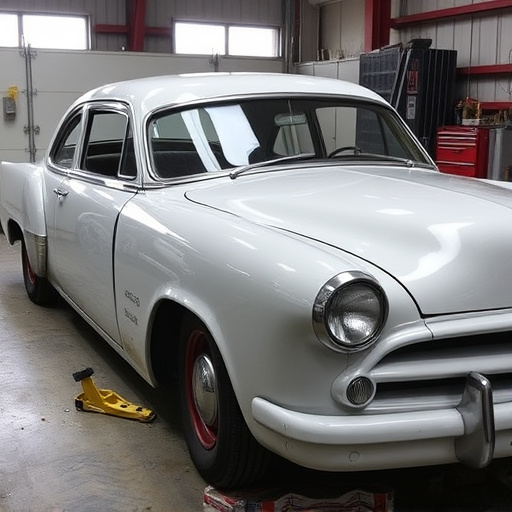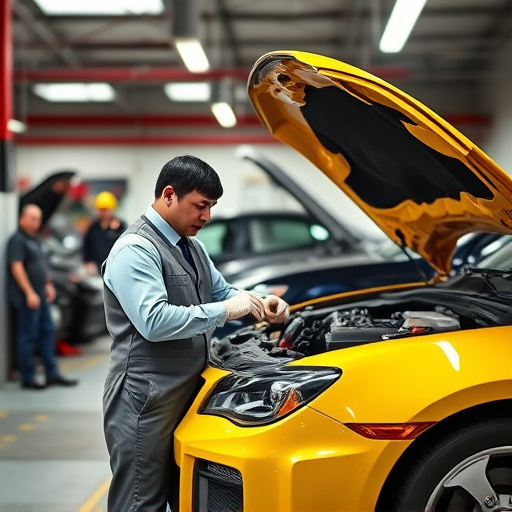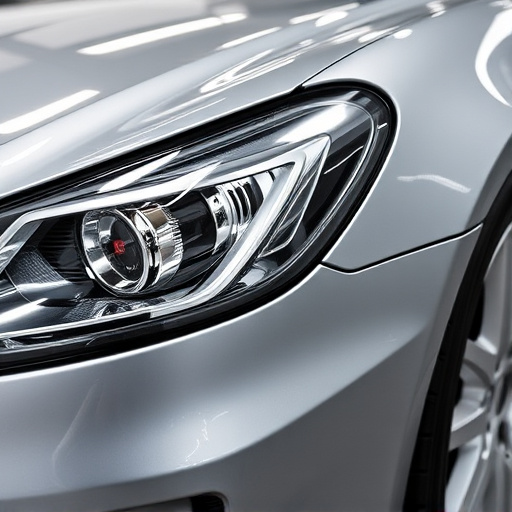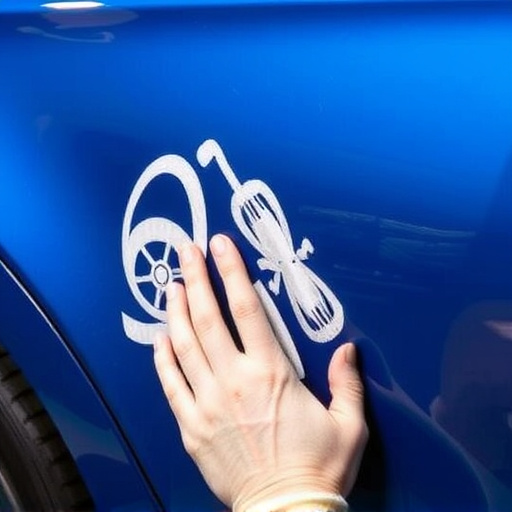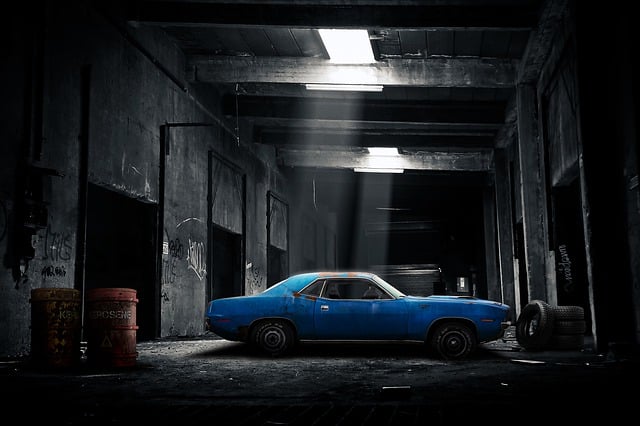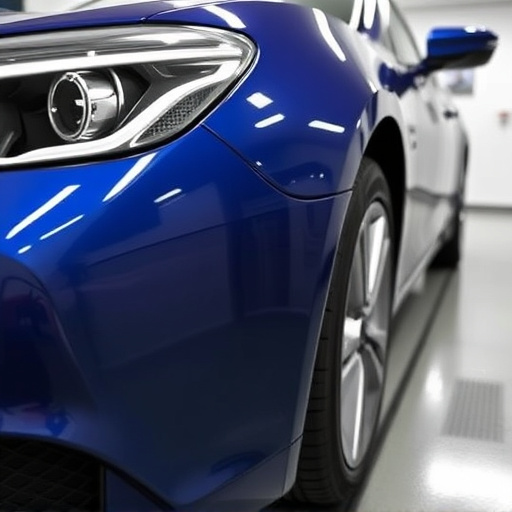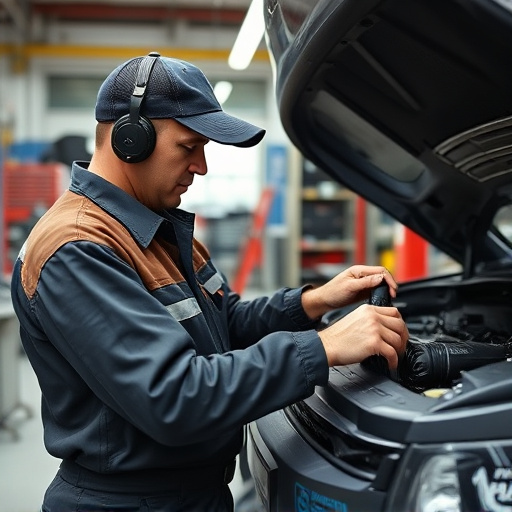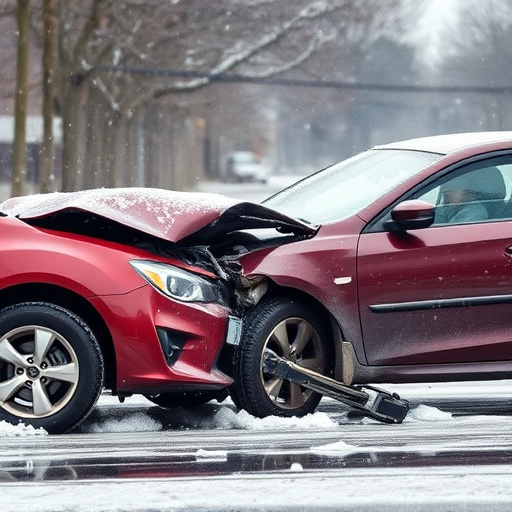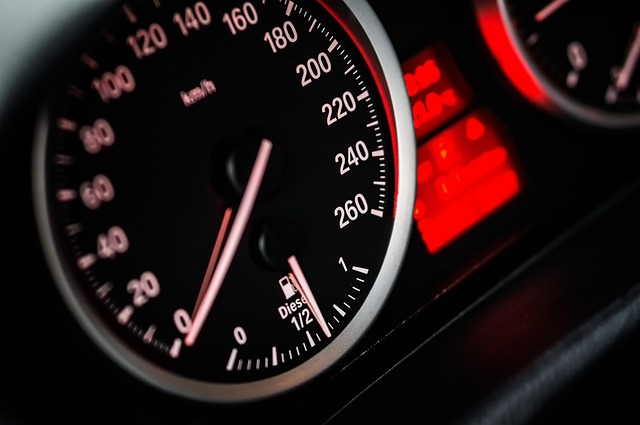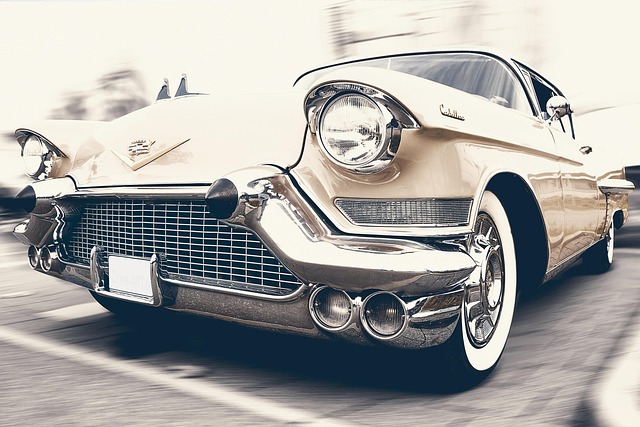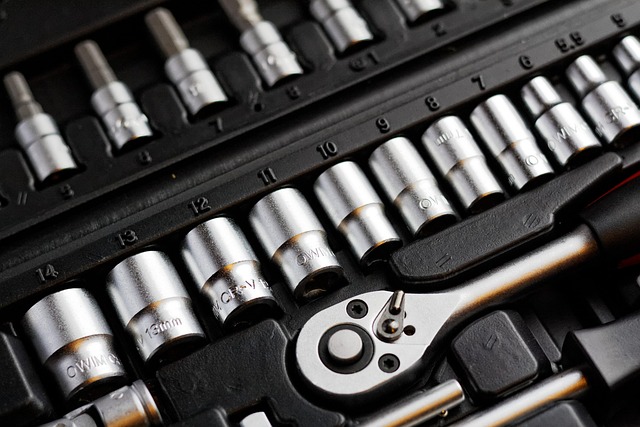A car body shop provides comprehensive vehicle damage assessment using visual inspection and diagnostic tools, followed by detailed restoration planning that includes repair scope, parts acquisition, and techniques like paint repair or auto body painting. The goal is to restore both appearance and structural integrity with expertise, advanced equipment, and meticulous planning. They handle a wide range of issues from minor dents to severe crashes, utilizing modern technology for faster turnaround times without compromising quality. Meticulous inspection, precise measurements against industry standards, and top-quality services for all vehicle types are key aspects of their operation, ensuring cars look as good as new.
In the realm of automotive aesthetics, a car body shop acts as a crucible where vehicles undergo metamorphosis. This article delves into the intricate process by which these experts restore vehicle appearance, addressing various facets from assessing damage to final touches. Understanding different types of vehicle damage is key; a detailed inspection determines the repair scope and creates a tailored restoration plan. We explore advanced restoration techniques, materials used, and quality control measures that ensure longevity. Learn how car body shops employ specialized tools, high-quality paints, and meticulous detailing to revive and protect your vehicle’s beauty.
- Assessing the Damage and Planning the Restoration Process
- – Understanding different types of vehicle damage
- – Detailed inspection to determine repair scope
Assessing the Damage and Planning the Restoration Process
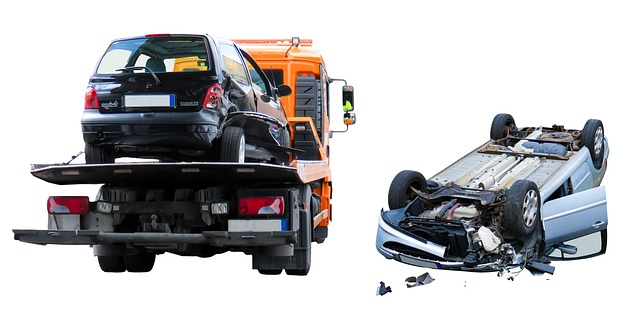
When a vehicle arrives at a car body shop, the first step is to thoroughly assess the damage. Skilled technicians meticulously inspect every inch of the car, looking for cracks, dents, scratches, and other imperfections. This process involves both visual examination and sometimes advanced diagnostic tools to pinpoint the exact nature and extent of the damage. Once the assessment is complete, the auto body shop creates a detailed plan for restoration.
This planning stage involves determining the scope of work, gathering necessary parts, and selecting the appropriate techniques for repair, including vehicle paint repair or auto body painting. The goal is not only to restore the car’s appearance but also to ensure structural integrity and safety. By combining expertise, advanced equipment, and a well-defined plan, an automotive body shop can transform a damaged vehicle into one that looks as good as new.
– Understanding different types of vehicle damage
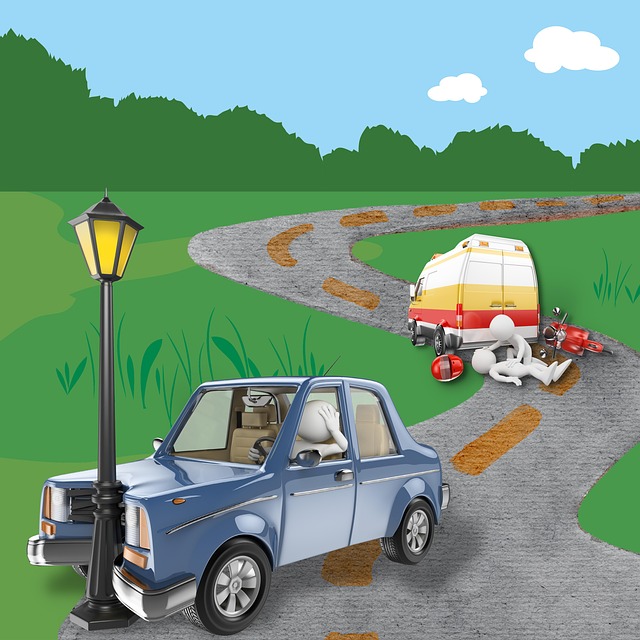
Vehicle damage can vary greatly, from minor dents and scratches to significant crashes that necessitate a complete reconstruction. A car body shop is equipped to handle diverse types of vehicle appearance issues. Dents, often caused by parking incidents or road debris, are common and can be repaired through techniques like plastic deformation or more advanced methods for complex shapes. Scratches and paint damage, frequently encountered due to environmental factors or minor collisions, are treated with meticulous paint restoration processes that match the original factory finish.
More severe car damage repair, such as following a collision, involves intricate processes including frame straightening, panel replacement, and precise alignment. A professional car body shop also offers tire services, ensuring wheels are balanced and aligned correctly to maintain optimal vehicle performance and handling. Collision repair techniques have advanced significantly, with modern technology enabling faster turnaround times while maintaining superior quality and precision in restoring a vehicle’s appearance and safety features.
– Detailed inspection to determine repair scope
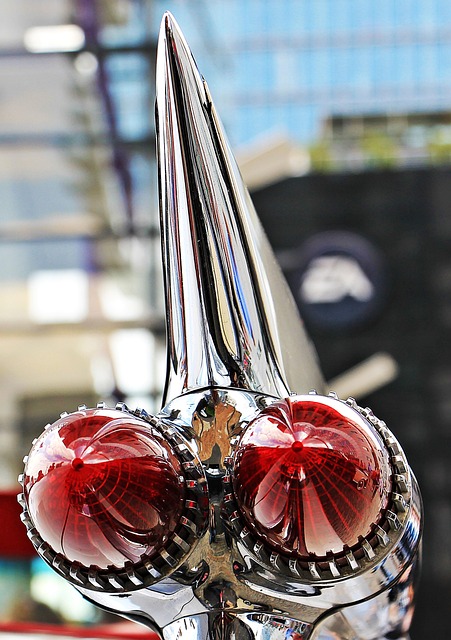
After a collision or an accident, the first step for any reputable car body shop is to conduct a meticulous and detailed inspection of the vehicle. This crucial process involves a thorough assessment of the damage, which can range from minor dents and scratches to more severe frame deformities. Skilled technicians meticulously examine every angle, inside and out, using specialized tools and their expertise to pinpoint the exact extent of the repairs required.
The inspection goes beyond just visual observation. It includes measuring and comparing various parts to industry standards, ensuring precision in determining the scope of work. This meticulous approach is essential for delivering top-quality car paint services and auto frame repair, whether it’s a simple cosmetic fix or complex Mercedes Benz repair, ensuring each vehicle leaves the workshop as good as new.
A successful restoration process in a car body shop begins with a thorough assessment of the vehicle’s damage. By understanding various types of automotive damage and conducting a meticulous inspection, technicians can accurately plan the repair scope. This ensures that every detail is considered, from panel replacement to paint matching, resulting in a vehicle that not only looks good as new but also retains its original aesthetics. Choosing a reputable car body shop for such repairs guarantees a meticulously restored vehicle, giving it a second life on the road.
